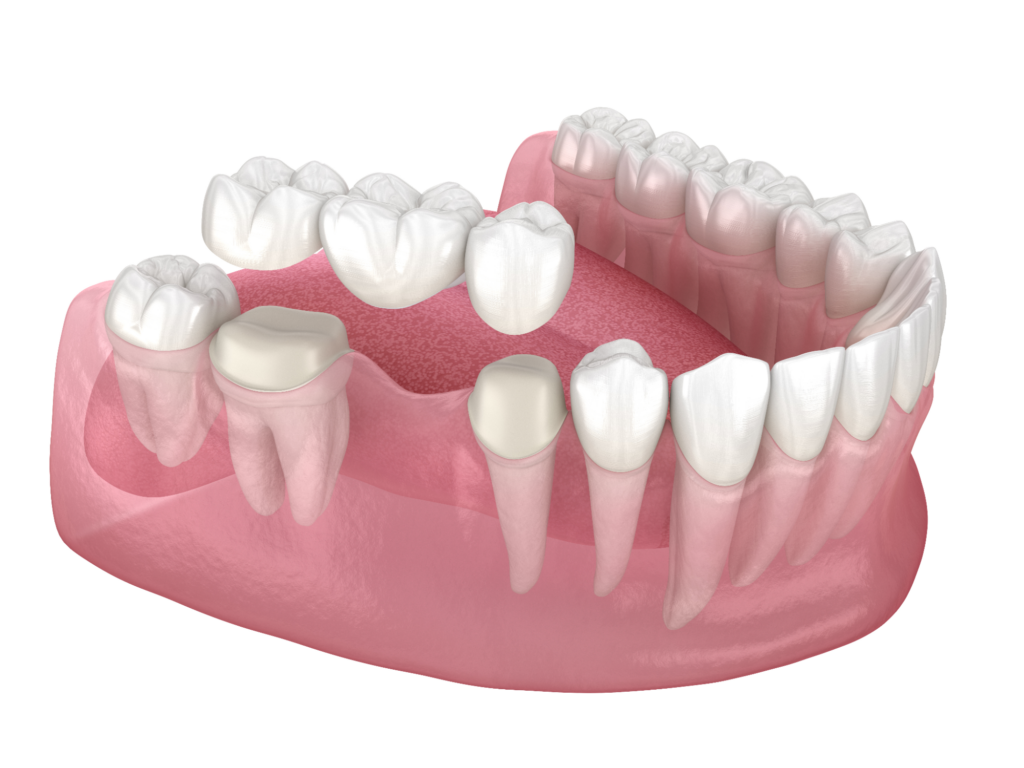What Is a Tooth Extraction?
Waking up on the day you’re having a tooth removed will never be the best morning of your life. But with 67,000 preventable dental hospitalisations during 2019 to 2020, dealing with a pesky tooth problem sooner rather than later could save you a lot of trouble.
Tooth extraction is pulling a broken or badly diseased tooth out that affects the quality of life due to constant pain or discomfort. It’s also a common procedure if you suffer from crowded teeth.
Keep on reading to find out what happens during a tooth pulled out procedure and the aftercare needed once that pesky tooth is out.
What Happens During a Tooth Extraction?
To make things as comfortable as possible for you, your dentist will inject you with a local anaesthetic, so you don’t feel any pain. You will then wait for several minutes to give the anaesthetic time to take effect.
You will feel your mouth go numb and may find it difficult to answer any questions your dentist may ask. This is perfectly normal. It means the anaesthetic is working.
Your dentist will loosen the tooth from its socket in the gum before removing it. You will feel pressure, but it should not be painful.
Once your dentist has loosened the tooth, it will be gently pulled out using dental forceps.
What Happens After?
After the tooth is out, you will likely experience minor bleeding. Your dentist will apply a pad or gauze and ask you to bite down on it for about 20 minutes to stop the bleeding.
In some cases, it may take a stitch or two to heal the extraction site and stop the bleeding.
Once a clot has formed, and the bleeding has stopped, your dentist will let you go home to recover.
What Can You Eat After Getting Your Tooth Pulled Out?
It is vital to allow your gum to heal after having a tooth extracted, so avoiding solid foods for a day or two is a must. Instead, eat soft foods such as:
- Soup
- Yoghurt
- Smoothies
The next day, try adding softish foods that are easy to chew but nutritious to encourage healing. Studies have shown that foods high in Vitamin C promote wound healing. With that in mind, consider eating:
- Leafy greens – Packed with Vitamin C, spinach, kale, swiss chard will deliver the nutrients needed to speed your recovery.
- Scrambled eggs – A good source of protein is essential after getting your tooth pulled out.
- Salmon – Full of nutrients, including protein and omega-3 fatty acids.
- Berries – These little power-houses are full of antioxidants and vitamin C. Blueberries, strawberries, blackberries, and raspberries are easy to chew or blend into a smoothie.
After a couple of days, the gum should be well on its way to healing. You can now gradually begin adding solid foods back into your diet over time.
What Foods Should You Avoid After Teeth Removal?
Avoiding chewing for a couple of days after a tooth extraction is essential to allow the gum to heal. So foods you should avoid are:
- Meat – Meat needs a lot of chewing, which will not help your wound heal.
- Grains, nuts, and seeds – You risk these foods getting lodged in the wound.
- Chips, fries, and cookies – Again, there is a risk of becoming stuck in the wound and disrupting healing.
- Chilli, cayenne peppers, ginger – If spicy food comes into contact with your injured gum, it could cause irritation. This irritation will be uncomfortable and likely take longer to heal.
- Beer, wine, and spirits – If your dentist prescribed medication, you should not drink alcohol to avoid interfering with any medication. Even without medicine, alcohol can irritate your wounded gum.
What To Do After Getting Your Teeth Pulled Out
After getting your tooth pulled out, you may experience a little discomfort. This discomfort can be effectively controlled by taking pain killers prescribed by your dentist. Still, you can usually return to your regular routine if you are consciously aware of your wound and its need to heal.
You will have a newly formed blood clot over the socket in your gum where your tooth was once positioned. To avoid dislodging the blood clot, consider:
- Avoiding the wounded area when brushing your teeth.
- Avoid rinsing your mouth and spitting for the first 24 hours.
Should you have stitches, they will dissolve after about a week.
According to The Dental Family Beaumaris, any pain or discomfort should be gone after three to four days. If pain persists or worsens after this time, contact your dentist for advice or a further examination, you may have a healing problem called a dry socket
Summary
It can be an anxious experience when you’re faced with having a tooth extracted. Preparing yourself with the knowledge of what to expect during and after tooth extraction should help to ease the nerves.
During the extraction, your dentist will do everything to make you as comfortable as possible. The dentist understands and respects your anxiety about the procedure.
Once the tooth is out and you are back home, following your dentists’ advice to apply proper aftercare will ensure your gum is quickly healed. And that means you are comfortably back to everyday life as soon as possible.
Do you have pain or concerns over your teeth?
Book an appointment with The Dental Family Beaumaris and receive professional dental advice in a friendly, relaxed environment.
Read More:


